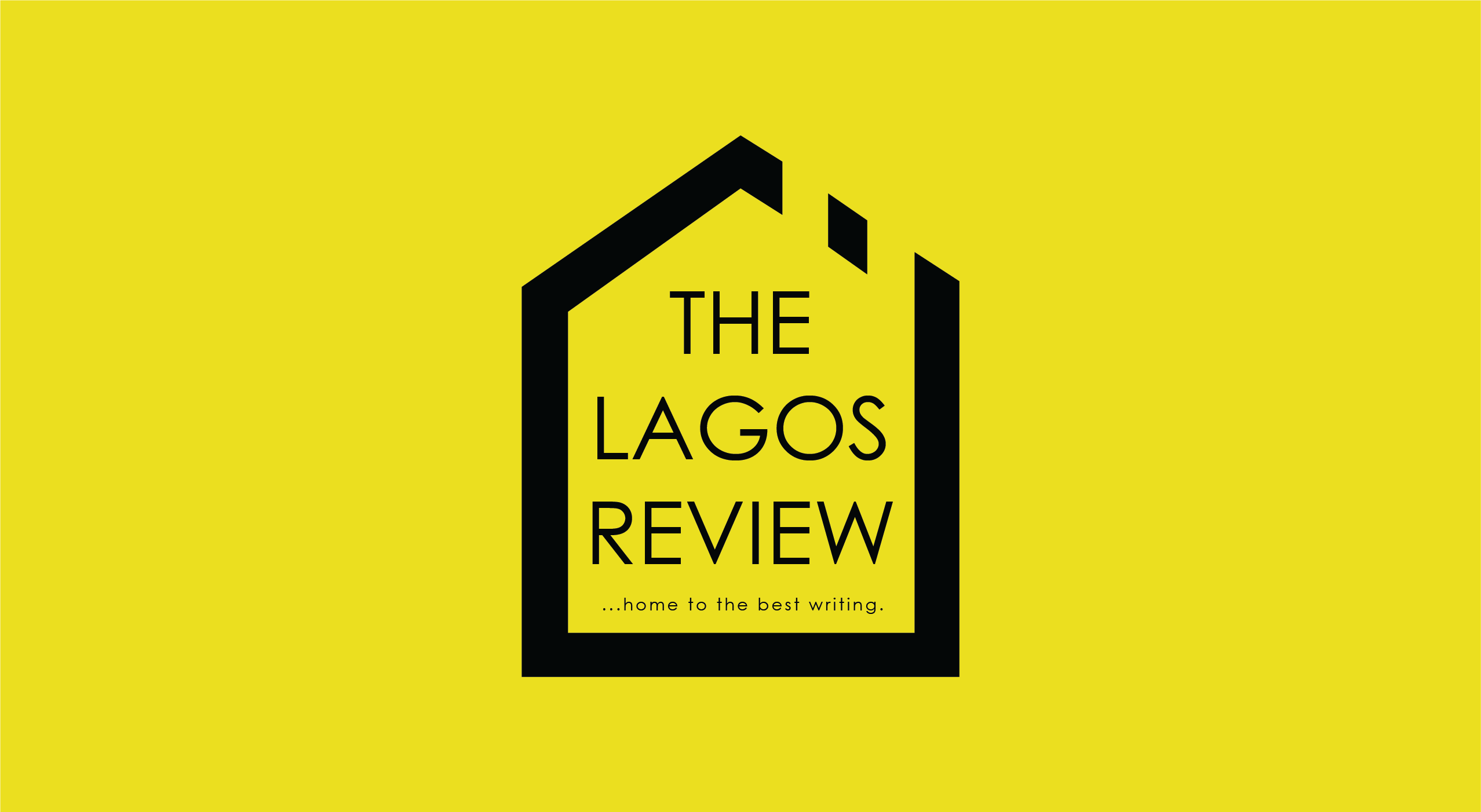Ben Okri, Yinka Shonibare and other leading British-Nigerian figures on their heritage’s profound and growing influence.
A primal energy was unleashed among Nigerian artists in the years leading up to independence. The century-long reign of colonialism was nearing its end, and the people of Nigeria—with its over 300 tribes and ebullient energy—were poised for a new future. The people who most articulated that paradox of modernity and tradition were artists across all stripes.

In a constant dialogue with one another, they created works that evoked their traditions but in a contemporary context. Artists such as Yusuf Grillo, Bruce Onobrakpeya, Ben Enwonwu, and Twins Seven Seven were remaking the dream of art in a rigorously Nigerian context. Their profound work helped the nation to reconnect with its ancient ways, adapted to modern times. It was a new art, brooding and celebratory, often hinting at the many dimensions of Nigerian mythology and drawing upon daily realities. Spirits, ancestral presences, rituals, and masquerades featured prominently, rendered in a unique light, with a palette that was utterly unlike anything in the western tradition.
It is important to stress that these were not artists creating in isolation. They were in touch with the currents of world art, seen by the responses to cubism in many sculptures—a taking back, a retrieval, of what cubism took from Africa. This Nigerian modernism also revealed itself in the Nigerian novel, with works such as Chinua Achebe’s seminal Things Fall Apart and Wole Soyinka’s The Interpreters, depicting a nation fermenting with energy and cultural tensions.
Two important contemporary events bear out this enduring influence. The much-awaited opening of the art museum in the ancient city of Benin, MOWAA (Museum of West African Art), may be the single most important event in African art since the infamous burning of African works by the British in that same city in 1897.
The other is the Tate Modern in London’s upcoming exhibition, Nigerian Modernism, which aims to spotlight Nigeria’s contribution to the wider story of modern art and British culture. Nigerian writers and artists in Britain have been a vital part of that story for almost 100 years, with figures like Ben Enwonwu (who sculpted Queen Elizabeth II in the 50s), Uzo Egonu, and Demas Nwoko shaping the visual and intellectual life of these isles.
The tradition continues with artists like El Anatsui, who has expanded the possibilities of global sculpture, and ceramicist Ladi Kwali, who alchemised Nigerian craft and modern design. They have extended the story of Nigerian modernism into contemporary times, bringing about a renewal not only in the art and literature of Africa but of Britain also. —Ben Okri
The Creative Diaspora: Artists on Influence and Identity
Artist Yinka Shonibare on Sade Adu and Identity
For me, Sade Adu is a perfect example of the British-Nigerian creative spirit. She fused jazz, soul, and pop into something entirely her own—not copying, but creating a new sound. That is what Nigerian modernism does, too: it makes something new out of history.
I grew up navigating Lagos and London. Seeing Ben Enwonwu’s sculpture Anyanwu at Lagos’s National Museum left a lasting impression on me, as did the Festival of Black Arts and Culture (FESTAC) in 1977. Nigerian modernism is, in many ways, about identity—about how to live with the legacy of colonialism and create something that feels both contemporary and connected to the past.
Being British-Nigerian means constantly navigating both worlds, which is ripe for creative opportunity. This is why the Tate exhibition is so important. For too long, African art has been viewed through the lens of European artists who were influenced by it, such as Picasso. This exhibition centres Nigerian artists on their own terms. Part of the reason British-Nigerians are so overrepresented in the creative industries is that for many of us, success was the only option; there is a cultural drive and discipline that breeds ambition.
Labour MP Chi Onwurah on Chimamanda Ngozi Adichie
If I had to choose one piece of Nigerian art which has affected me the most, it would be Half of a Yellow Sun by Chimamanda Ngozi Adichie. It is about the Nigerian civil war in the 60s, which separated my family. Reading that book in 2006 was a seminal moment—it gave voice to a history that had shaped my life but was never spoken about.
Growing up in Newcastle in the 70s and 80s, there was no exposure to Nigerian art. It was only when I lived in Lagos in the early 2000s that I saw the incredible range and dynamism of Nigerian artists, which revealed the blandness of European artists’ take on African visual expressionism. Seeing Yinka Shonibare’s early works in London, depicting historical European figures wearing West African cloth, brought together two worlds that were deeply connected through colonialism and slavery.
Historian Alayo Akinkugbe on Fela Kuti and the Global Market
I loved discovering Fela Kuti as a teenager—the way he performed shirtless, in vibrant costumes, and spoke truth to power. His music—a fusion of jazz, funk, and Yoruba rhythms—became a soundtrack and a rallying cry for resistance, teaching me that Nigerians can be unapologetically outspoken. This blueprint feels even more urgent for my generation, especially with the #EndSars movement in 2020.
Similarly, Ben Enwonwu’s Africa Dances series perfectly captured the post-independence mood. A turning point in the recognition of Nigerian modernism came in 2018, when Enwonwu’s portrait Tutu sold at Bonhams for £1.2m. Suddenly, Nigerian art was being taken seriously by the global art market. Questions of ownership inevitably come up in the British-Nigerian context—the Benin bronzes being the most famous example. The Tate exhibition and the opening of MOWAA will inevitably reopen these questions: who should these looted objects belong to?
Artist Joy Labinjo on Njideka Akunyili Crosby and the Hustle
The artist who has inspired me most is Njideka Akunyili Crosby. Her focus on family, domestic life, and memory, which I saw at the Venice Biennale in 2013, felt like coming home and gave me the confidence to make work that is unapologetically personal. My practice began with looking backwards—at family photographs and rich fabrics—and translating those memories into paint, fusing them with British painting techniques.
Art education largely ignored Black artists, so it wasn’t until my mid-20s that I began discovering Nigerian ones. In the last five years or so, Nigeria’s cultural presence has grown significantly, following Afrobeats going global a decade ago. Nigerians are, fundamentally, hustlers. I think that is why the diaspora is so prolific in the creative space: a natural drive, a strong work ethic, and a community that supports one another.
Poet Inua Ellams on Wole Soyinka
Wole Soyinka’s Death and the King’s Horseman demonstrates the power of storytelling to address post-colonial politics. It was far ahead of its time and is a staple for the Black and West African literati. Soyinka was the first African writer to win the Nobel prize for literature in 1986, and he is still probably the most influential Nigerian writer alive today.
My creativity was shaped from an early age by the tailored fabrics, bold colours, and patterns my parents wore, fusing Nigerian and Muslim aesthetics. Moving to the UK, my sense of identity became inseparable from the immigrant experience. Living under Theresa May’s hostile environment policy made it impossible to claim full Britishness, forcing me to cling to Nigerian culture while negotiating a space within Britain’s creative landscape.
Novelist Diana Evans on Mary Evans and Fusion
If there was one artist who has inspired me the most, it would be my sister, Mary Evans. She explores colonial history and the transatlantic slave trade in her paper works. Her piece Hold, a subtle, poignant, and political representation of the hold of a slave ship, hangs in my house.
The modernists’ ability to fuse African traditions with western techniques mirrors my own approach to narrative: blending British literary forms with Nigerian diasporic experience. I first encountered Nigerian literature seriously through Ben Okri’s dreamlike, bold storytelling, which showed me the fantastic landscapes you could take the reader into.
Ezra Collective Trumpeter-Composer Ife Ogunjobi on Skepta and Afrobeats
A song which has particularly influenced me is Energy (Stay Far Away) by Skepta and Wizkid. Beyond the music, it represents collaboration and unity between London and Nigeria. My music is a fusion of the sounds I grew up with: Nigerian highlife, Fuji, Afrobeats, alongside modern influences like Wizkid and Burna Boy, and British sounds like grime and UK rap. Nigerians are very proud, outspoken, loud people, and that has a lot to do with why there are so many of us across the creative sphere.
Poet Theresa Lola on Niyi Osundare and Oriki
For me, poetry has been the primary bridge connecting me to Nigeria. Niyi Osundare’s poetry has been formative in showing how Nigerian writers can speak to universal themes while remaining deeply rooted in their culture. In my work, I draw heavily on Yoruba literary forms, particularly the Oriki, a traditional praise poetry form. Oriki provide a rhythm, structure, and depth that English alone cannot capture, becoming a language for me to inhabit Nigerian heritage. The duality of my heritage—Nigerian, Black, British, woman—informs what I find most urgent in my work.
Nigerian Modernism is at Tate Modern, London, 8 October to 10 May.
- Featured image: From Lagos to London … (clockwise from bottom left) Chimamanda Ngozi Adichie; Yinka Shonibare’s ‘Refugee Astronaut’; Skepta; Sade; Ben Okri; Wole Soyinka; Fela Kuti. Composite: Fredrik Sandberg/TT/Shutterstock; Alamy; Andy Hall/The Guardian; Thomas Samson/ AFP’ David Levenson/Getty Images
- Source: The Guardian




